
Safety Requirements during Concrete Operations
[vc_row][vc_column][vc_column_text]The purpose of this Article is to establish minimum safety requirements for safe concrete and masonry construction operations on the…
Construction is a high-hazard industry that comprises a wide range of activities involving construction, alteration, and/or repair. Construction workers engage in many activities that may expose them to serious hazards, such as falling from rooftops, unguarded machinery, being struck by heavy construction equipment, electrocutions, silica dust, and asbestos.
In This section, we will provide Construction Safety information, tools, and resources to assist those in the industry – whether workers or employers – to identify, reduce, and eliminate construction-related hazards. The Resources will include and not be limited to blogs, Apps, Training Materials, Forms, Templates, and more

[vc_row][vc_column][vc_column_text]The purpose of this Article is to establish minimum safety requirements for safe concrete and masonry construction operations on the…

[vc_row][vc_column][vc_column_text]Electrical injury is a term for all injuries caused by contact with electrical energy. Electrical contact can cause a wide…
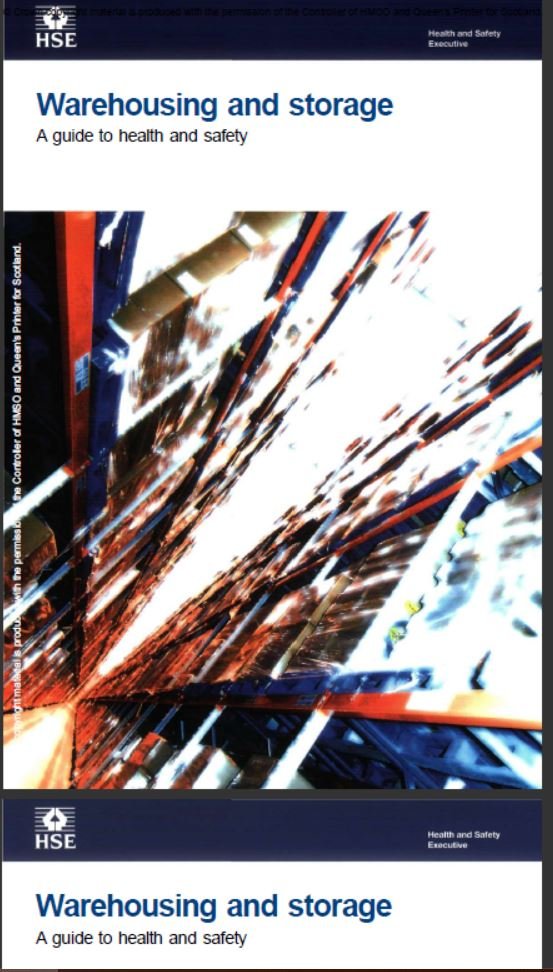
[vc_row][vc_column width=”1/2″][vc_column_text]This guidance is the second edition of a book that was first published in 1992. It is for people…

[vc_row][vc_column][vc_column_text]Working at construction site is have a high potential of Hazards to occurs to workers and Equipment at working site…
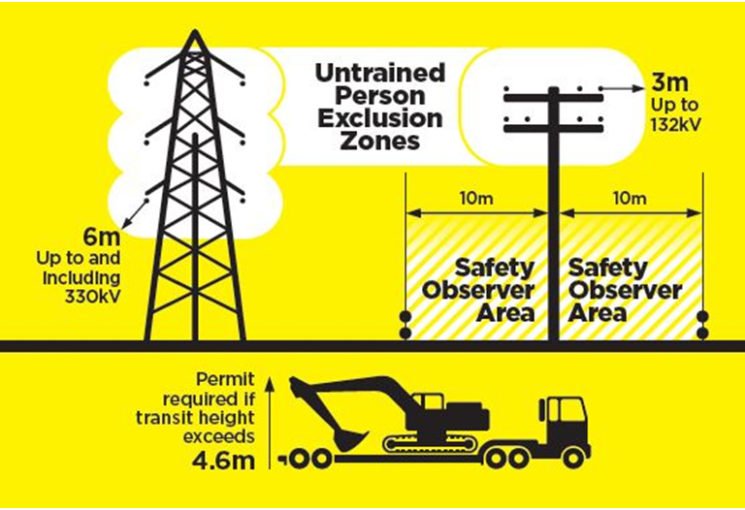
[vc_row][vc_column][vc_column_text]Workers who operate horticultural mobile elevating work platforms (H/MEWPs) in orchards, or other horticulture workplaces, are at significant risk of…
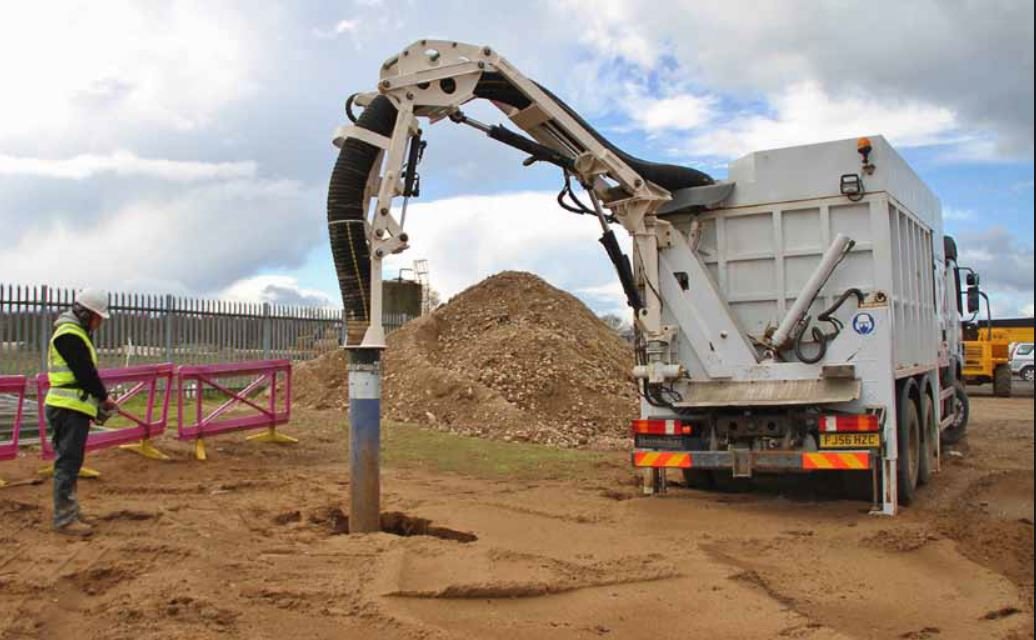
[vc_row][vc_column][vc_column_text]Hydro Excavation is the process of removing or moving soil with pressurized water. An air conveyance or vacuum is then…
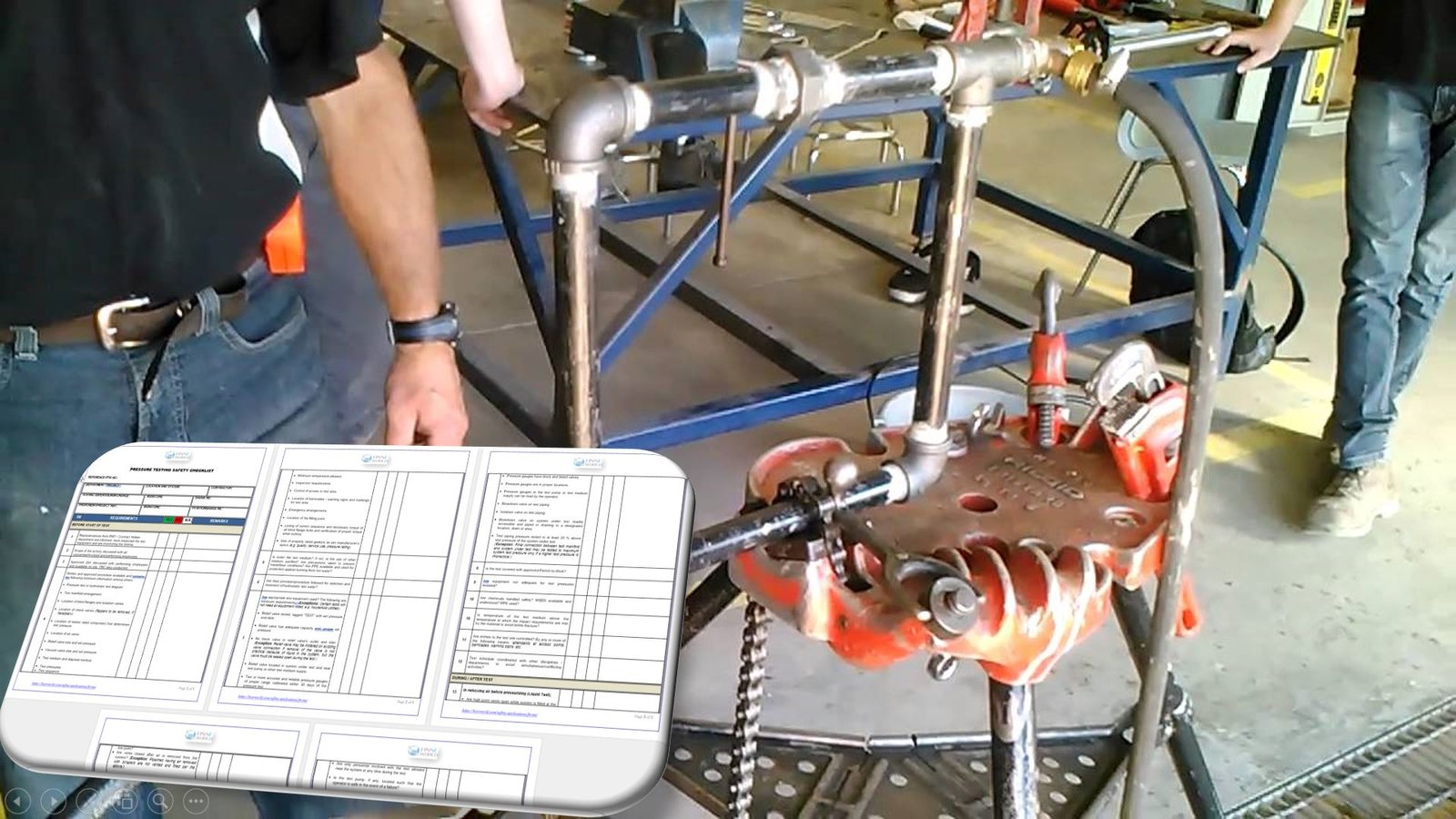
[vc_row][vc_column width=”1/2″][vc_column_text]Pressure tests are performed to ensure the safety, reliability, and leak tightness of pressure systems. A pressure test is…
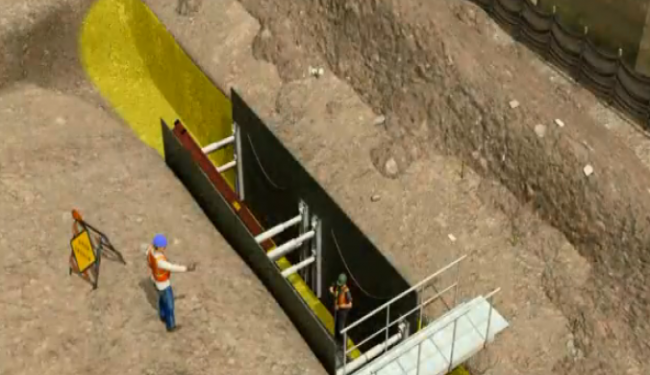
[vc_row][vc_column][vc_column_text]George Kennedy is supervisor can recall multiple incidents involving unprotected workers and trench cave-ins. Unfortunately, some of those stories have…

[vc_row][vc_column][vc_column_text]A competent person is an employee who is able to recognize hazards associated with a particular task, and has the…

Job-made wooden ladders are custom-made to fit specific job situations during construction or demolition operations. Their primary purpose is to…

[vc_row][vc_column width=”1/2″][vc_column_text]The use of a crane suspended personnel platform (manbasket) is prohibited unless there is no safer, practical, conventional means…
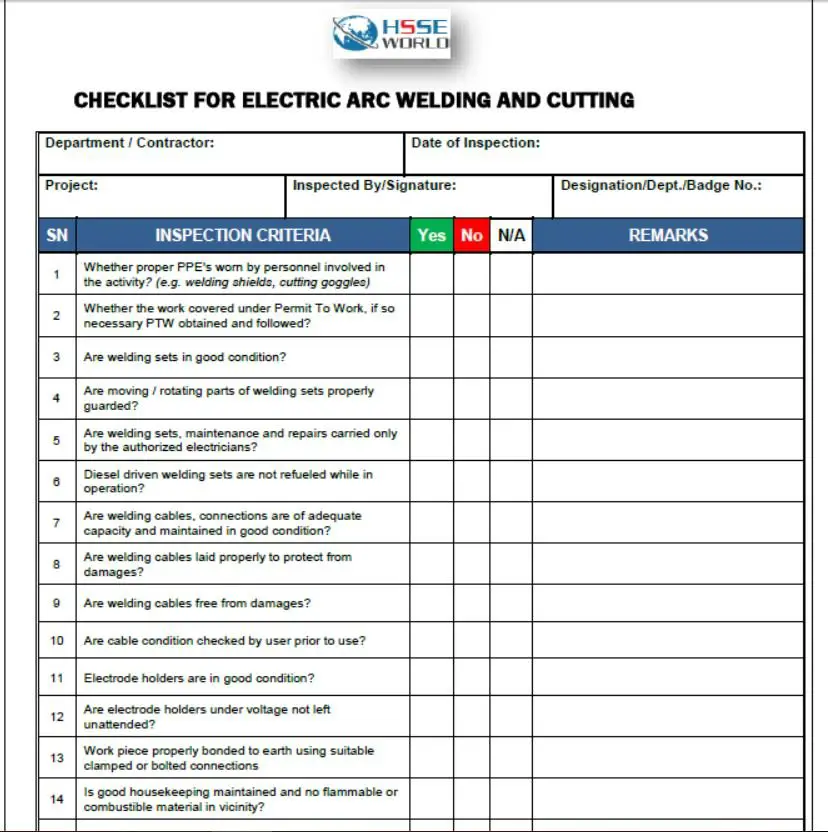
[vc_row][vc_column width=”1/2″][vc_column_text]Welding safety checklists are tools used to ensure the safety of workers throughout the entire welding cutting and brazing…

[vc_row][vc_column][vc_column_text]Workplace inspections are an opportunity to identify hazards and assess risk in your workplace on an ongoing basis. As part…

[vc_row][vc_column width=”1/2″][vc_column_text]Safety science is a twenty-first-century term for everything that goes into the prevention of accidents, illnesses, fires, explosions, and…

[vc_row][vc_column width=”1/2″][vc_column_text]Many people across a wide range of industries, including manufacturing/maintenance, medical, hospitality, science and education use gases from compressed…

[vc_row][vc_column width=”1/2″][vc_column_text css=”.vc_custom_1545655738246{border-top-width: 4px !important;border-right-width: 4px !important;border-bottom-width: 4px !important;border-left-width: 4px !important;padding-top: 4px !important;padding-right: 4px !important;padding-bottom: 4px !important;padding-left: 4px !important;border-left-color: #dbdbdb…
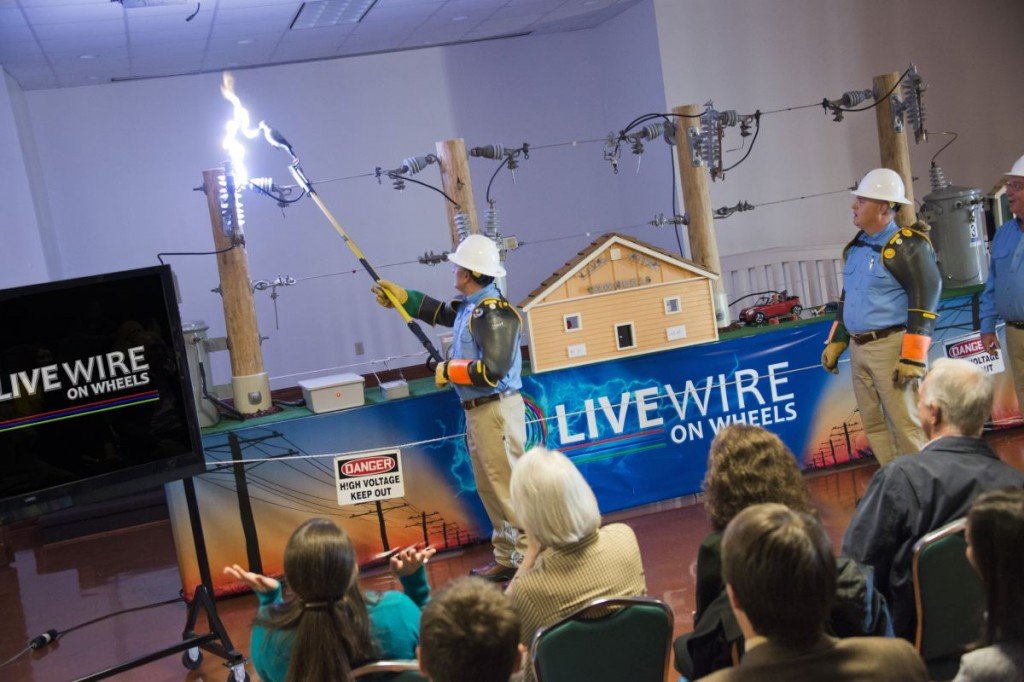
[vc_row][vc_column][vc_column_text]Working safely around high-voltage conductors is a challenge for many workers . High-voltage systems are generally associated with utility services…

[vc_row][vc_column width=”1/2″][vc_column_text] This Small Entity Compliance Guide (SECG) is intended to help small businesses comply with the Occupational Safety and…

[vc_row][vc_column][vc_column_text]Low-voltage electrical systems serve most homes and commercial buildings. Every day, hundreds of workers in many projects work safely on and around…
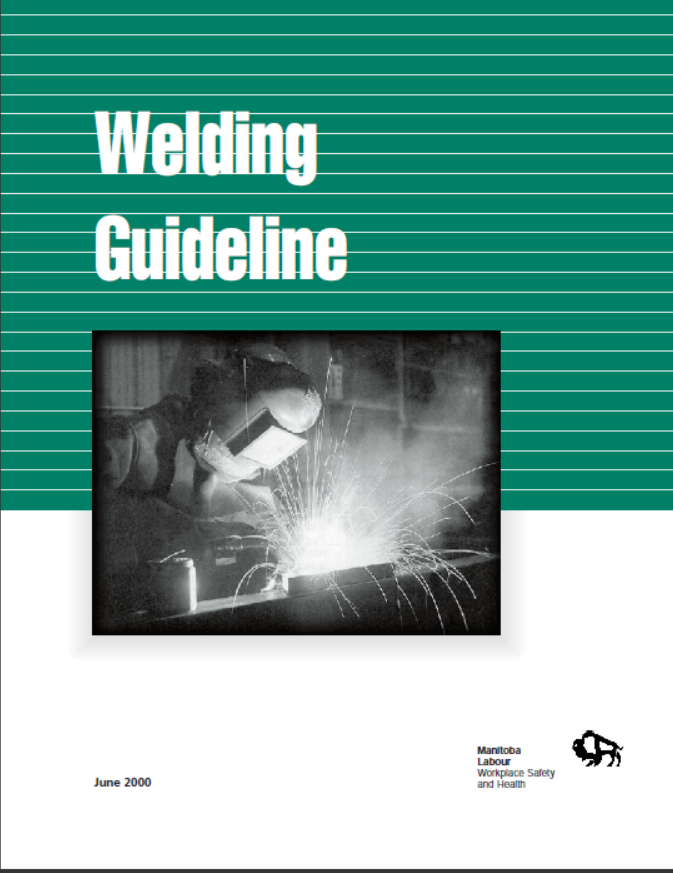
[vc_row][vc_column width=”1/2″ css=”.vc_custom_1543134923388{border-top-width: 4px !important;border-right-width: 4px !important;border-bottom-width: 4px !important;border-left-width: 4px !important;background-color: #16a085 !important;border-left-color: #d6d6d6 !important;border-left-style: ridge !important;border-right-color: #d6d6d6 !important;border-right-style: ridge…

[vc_row][vc_column][vc_column_text]Employers are responsible for investigating certain incidents or near-misses that take place in the workplace and submitting an investigation report…
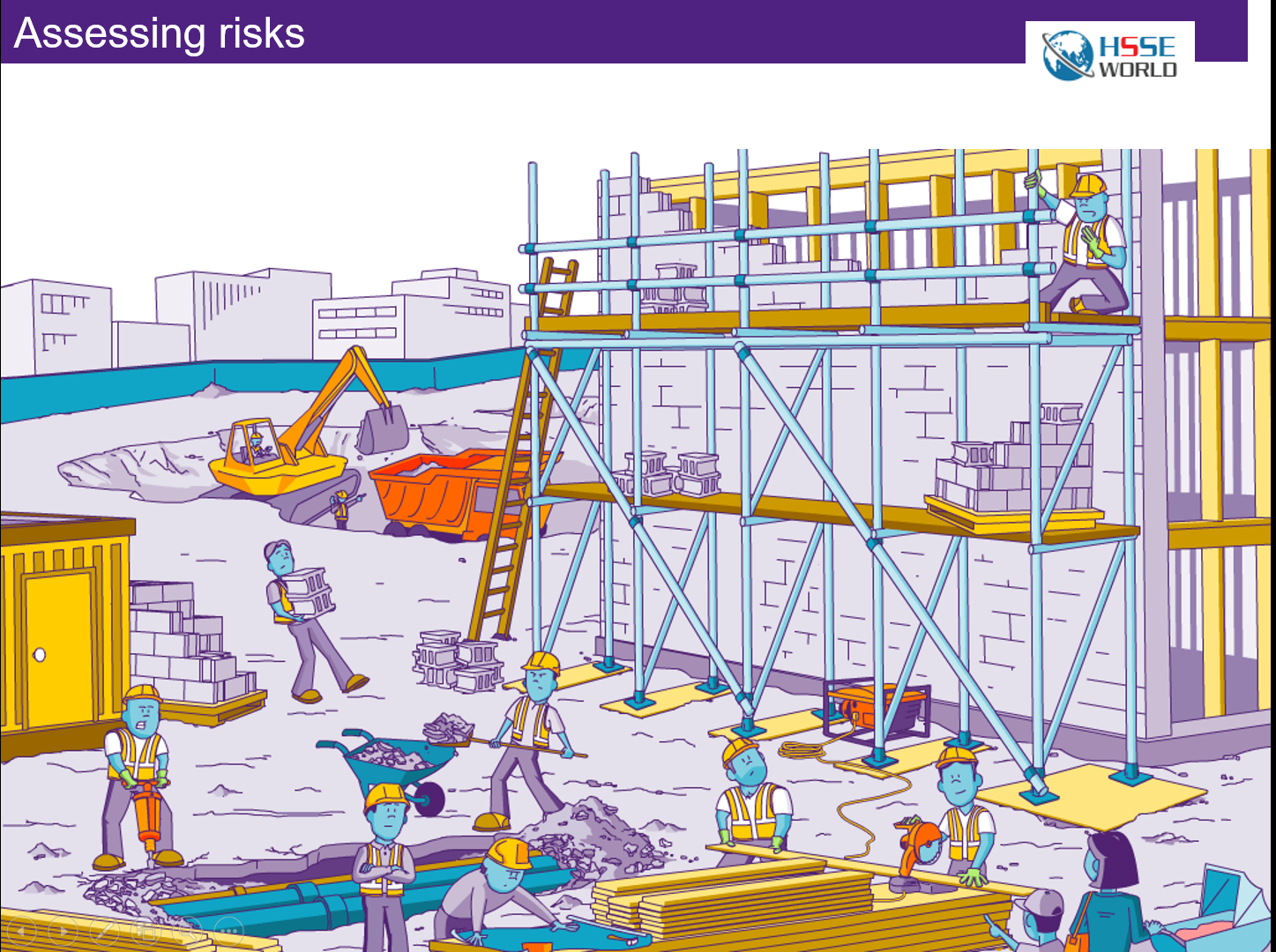
[vc_row][vc_column][vc_column_text]Once you’ve completed a risk assessment in your workplace, those risks that you have identified as high or moderate may require additional…
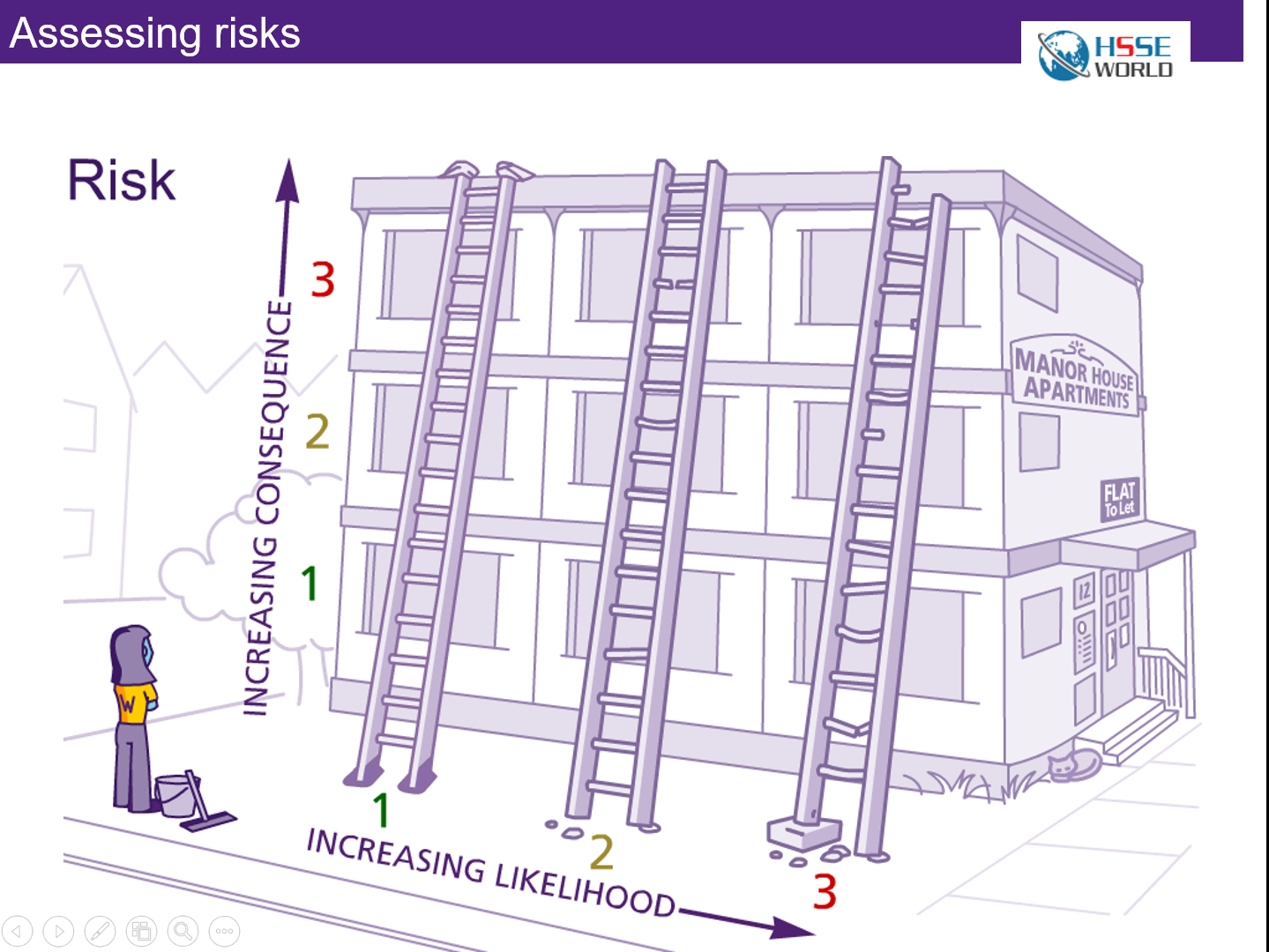
[vc_row][vc_column][vc_column_text]As an employer, you need to conduct a systematic risk assessment to help you identify the hazards that exist in your…
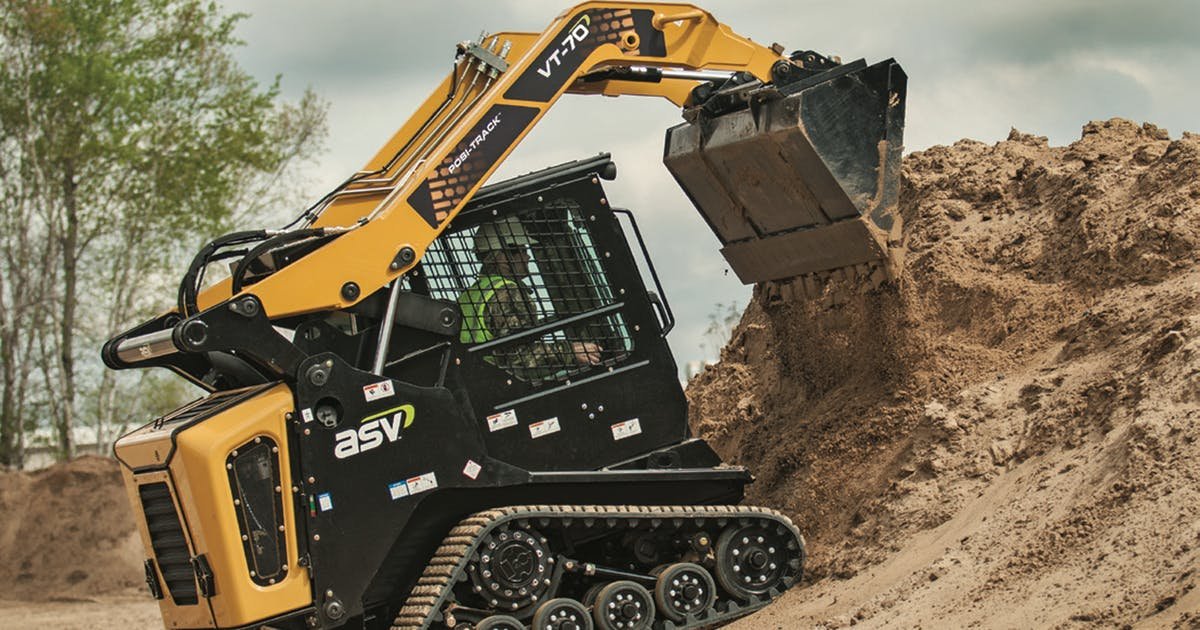
[vc_row][vc_column][vc_column_text]Skid-steer loaders present a number of risks to workers. The most types of injuries caused by skid-steer loaders are rollovers on…
Notifications